Like Dancing to Architecture
A writing friend urged me to submit a chapbook of poems for an open submission. I put together a small collection of jazz poems—ekphrastic pieces in the spirit of, and relating to, jazz music and its players—many of which had been published in literary journals. I got a quick Thanks, But No Thanks from the series editor. In his note, he made it clear he thought jazz poems were old hat and that, besides, he didn’t feel comfortable publishing a white guy’s poems on the subject. My friend, for her part, let me know she thought writing poems about jazz was like dancing to architecture. Obviously, I misplayed my hand. And, of course, they had all the right in the world to their opinion; and I actually kind of agreed with jazz poems being old hat. And I even understood where the editor’s white-guys-writing-about-jazz remark was coming from (though I vehemently disagree with it). On both counts, not wanting to be a sore loser, I kept my opinions to myself. No need to get into it with the editor, for mine is currently a no-win argument that, I believe, will prove over time to be true. Anyone can write about anything; it’s in what manner and how good and to what end that really matters. But my friend’s barb still stings. What I wanted to say to her was this: of course, one can dance about architecture. Is not dance an art of movement and choreography—bodies in space—and is not architecture, among other things, the study of static form existing in and altering its environment? Why wouldn’t a dancer, or a dance troupe, not want to perform, say, on top of a skyscraper, or in the courtyard of a castle, or in the parking lot of a wharf’s warehouse? And why wouldn’t an architect, or landscape architect, create a roof line or a garden path in homage or response to a dancer’s bodily gesture? I know my friend was just being glib, and possibly even trying to commiserate, but what I’m arguing for is the awareness and openness to one art influencing the other, one artist paying homage to another artist working in a different field or medium. That art forms come together in collaboration in a myriad of ways. George Steiner called it “enacted criticism.” A yearning for, if not always a true, hybridity. Call and response. Interplay. If they thought the poems were no good, why didn’t they just say so? The most likely answer: they didn’t even read them.

